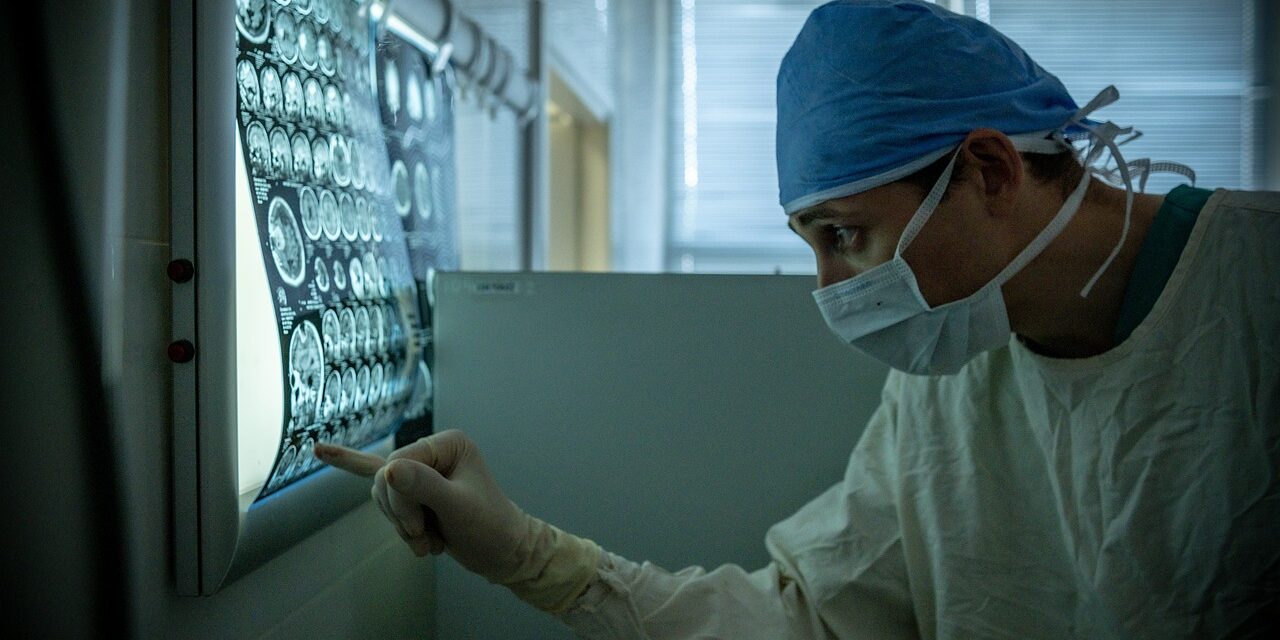True to my promise, I will continue the educational announcement about autoimmune diseases. In the previous section, I reviewed the division, causes, and frequency of autoimmune pathologies and tried to dispel the misconception that these pathologies cannot be properly treated. In the present section, focusing on the symptoms, I would like to present what complaints and diagnostic signs should be considered autoimmune disease, why it is more common in women, where to turn when such a disease is suspected, and what treatment is available.
It is a scientifically proven fact that women's and men's immune systems are not the same, and the female body's defenses are fundamentally better. This obviously has an evolutionary role, and with this we can also explain the fact that women live longer than men. However, this also has an unpleasant consequence. What works particularly well is unfortunately also more prone to overworking. It is due to this that
autoimmune diseases are significantly more common in women, for some diseases (such as SLE or Sjögren's syndrome) this ratio can be up to ten times higher (!).
Which organs are affected and what symptoms are associated with autoimmune diseases?
Although there is essentially no organ that does not have an autoimmune disease, the skin, joints, gastrointestinal system, kidneys, and lungs are mostly affected.
It is also not incidental that the symptoms of these pathologies are wide-ranging, their diagnosis is difficult, they can affect several organs, and their course is unusual.
It is no coincidence that the brilliant chief physician of the deservedly popular hospital series often indicates doubts arising during the differential diagnosis of difficult cases with an autoimmune disease. This is how "lupus" (SLE-systemic lupus erythematosus) became Doctor House's "favorite" disease.
And although it is obviously not possible to review the symptoms of all autoimmune diseases in an informative article, we can provide some guidelines as to when to think about an autoimmune disease.
When unusual symptoms appear at the same time;
for non-healing, worsening joint and/or muscle complaints. In the case of certain, strange skin phenomena accompanied by purely internal symptoms, or during symptoms accompanied by worsening kidney function or fever that cannot be explained for any other reason. Non-healing pleuro-pleura or pericarditis can also be caused by an autoimmune disease. One type is associated with reduced exocrine gland function, thus causing dry eyes and mouth. It is also well known in medical circles that the background of febrile condition of unknown origin (FUO) is an autoimmune disease in about a third of the cases.
During a laboratory test, accelerated descent, high inflammatory values (the so-called CRP), increased or just decreased white blood cell and platelet counts, deteriorating kidney function, anemia indicate or may indicate an autoimmune disease.
Because of the above, the diagnosis is difficult and requires a specialist. Unfortunately, more than once, it takes a long time until the patient goes through a series of different appointments and gets to the right specialist. Ideally, the final destination will be an autoimmune center, where an immunologist will make the diagnosis and begin treatment. In our country, such centers can be found in medical universities (Budapest, Debrecen, Pécs, Szeged) as well as in hospitals of county seats.
While some autoimmune diseases were fatal a few decades ago, others caused serious and permanent damage to health, prolonged chronic illness, thanks to the development of medicine
today these patients can be made asymptomatic or even completely cured.
About twenty years ago, monoclonal antibody therapy, called biological therapy (and successfully used in the treatment of some tumors), appeared, which can also be successfully used in autoimmune diseases. Therefore, there is no reason to despair even if an autoimmune disease appears, since the appropriate diagnostic tools and the most modern treatment procedures are available in our country to overcome these diseases.
Author: Dr. György Temesszentandrasi
Photo: Dmitriy Gutarev / Pixabay
About autoimmune diseases in a few sentences (and dispelling a misconception, of course)













